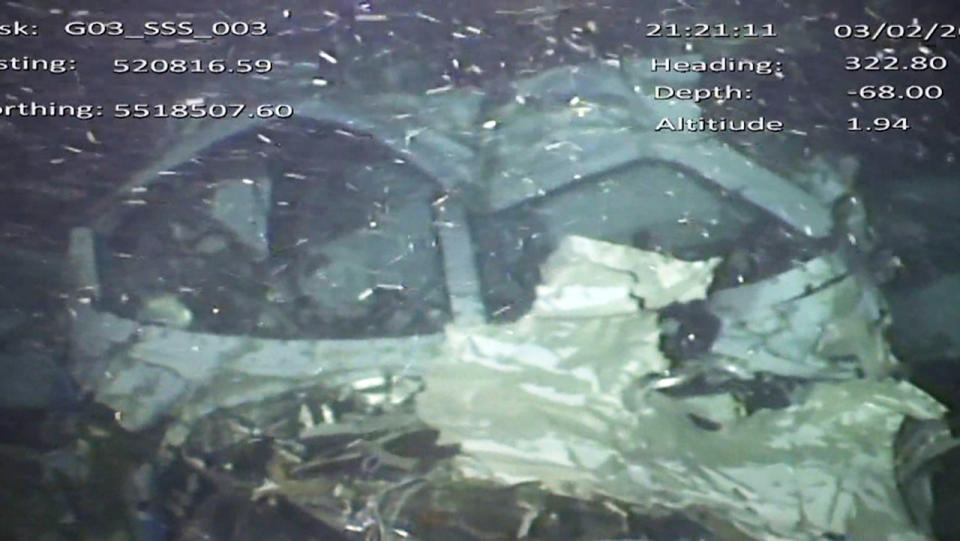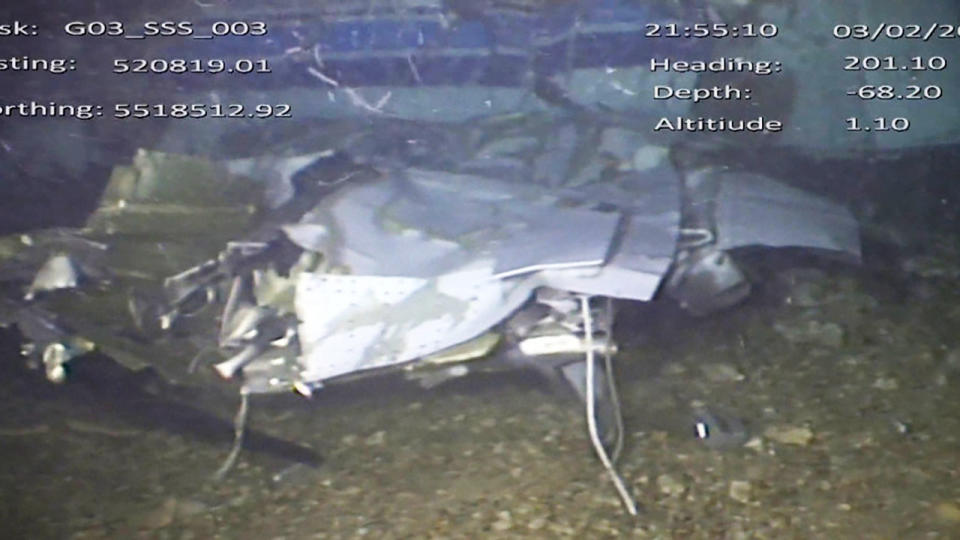Plane crash investigators make shock discovery in death of football star
With legal implications and potential insurance claims at stake, air accident investigators on Monday called into question the circumstances of the flight that crashed in the English Channel while taking soccer player Emiliano Sala to Cardiff.
Britain’s Air Accident Investigation Branch released its initial findings a month after the United States-registered single-engine aircraft crashed with Sala and pilot David Ibbotson on board.
Sala’s body was recovered from the wreckage two weeks later, but the pilot has not been found.
Investigators have now made the shock discovery that the pilot and plane were not licensed by authorities for commercial flights.
That would be a significant factor in any potential prosecution of the plane’s unidentified owner or compensation claims linked to the transfer fee if investigators establish the journey could not be considered a private flight.

Commercial flight regulations would not be applicable if costs were being shared and the journey was not specifically to take Sala from the French city of Nantes to his new club in Cardiff.
Police in the southwest English county of Dorset said they are supporting a coroner’s investigation into the circumstances of Sala’s death.
Cardiff agreed to pay a club-record fee of 15 million pounds (about $27 million) to Nantes for the 28-year-old Argentine striker.
Club chairman Mehmet Dalman previously said Cardiff was “gathering information” on the circumstances around the crash.
The AAIB said further work is required to “consider the regulatory requirements surrounding the flight including airworthiness requirements, aircraft permissions and flight crew licensing.”

Half of the operating expenses must have been paid by the pilot for it to be considered a private flight with only two people aboard.
“The flight must not be made for the purpose of merely transporting the passenger,” the AAIB said.
Mark McKay, one of the brokers of the transfer, said last month that he helped to organise a “private flight” for Sala, who had returned to Nantes after signing the deal in Cardiff.
There was no application to the Federal Aviation Administration in the United States or Britain’s Civil Aviation Agency “to operate the aircraft for commercial reasons,” the AAIB said.
The CAA has the power to investigate and prosecute any breaches of aviation safety rules.

The Piper PA-46-310P Malibu plane has yet to be recovered from the seabed.
“It is thought that the pilot’s license and logbook were lost with the aircraft and so the ratings on his licenses and their validity, and the extent of his recent flying have not yet been determined,” the AAIB said.
Final moments revealed
The last radio communication received from the aircraft on Jan. 21 at 8:12 p.m. was a request from the pilot to reduce altitude for a second time.
According to radar readings, the plane turned left and right, and descended gradually and climbed rapidly before crashing four minutes later.
The wreckage was found on the seabed at a depth of approximately 68 metres, the report said, as investigators released fresh pictures of the plane.
“The aircraft was extensively damaged, and the main body of the aircraft was in three parts held together by electrical and flying control cables,” it said.
“The engine had disconnected from the cockpit areas, and the rear section of the fuselage had broken away from the forward section adjacent to the trailing edge of the wing.”
The report said two seat cushions, an arm rest and what may have been a piece of fuselage washed up on the French coast, while a seat cushion was found on Jersey.
The aircraft was not fitted with black box data and voice recorders and was not required to be.
with agencies
